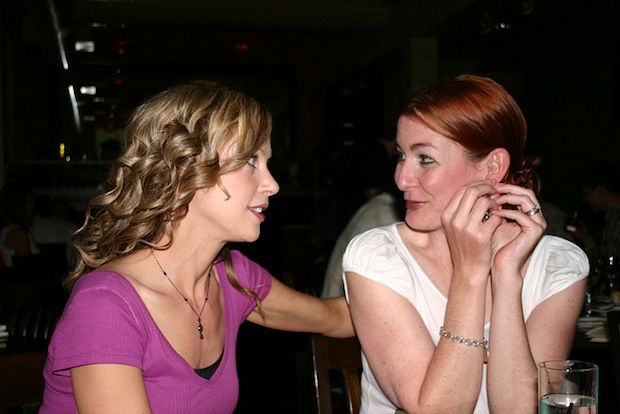The shoes I wore to meet the architect....

were weathered white oxfords with robin’s egg blue wingtips. Shoes with a point-of-view. To design a house is an intimate, opinionated thing. For it is within houses that we are our most intimate: naked, raw, vulnerable and honest. It is within houses that we are our most opinionated: yelling, forming, pushing, revealing. To be an architect, then, is to be a catalyst for intimacy. To be an architect is to translate a point-of-view into three-dimensional form.
We don’t have a formal relationship established yet, but we had a date tonight with our soon-to-be architect. He came over to walk by a house in the neighborhood we admired, a recent remodel on Second Avenue inspired by Turkish Ottoman Revival architecture. The designer of the house just happened to be standing outside when we walked up. When we told her we came by to admire the house, she invited us in. The house is still under construction, but the qualities I loved most about our Italianate Baltimore rowhouse were all evident: 10- and 11-foot ceilings on each floor; transom windows over every interior door; tall, slender windows; crown moldings; honest, simple materials; and austere, lofty white space throughout. It was so lovely, my heart skipped a beat.
 The Baltimore house is sold. Final. Done. Paid off. Which means we are now ready to explore financing options for a reinterpretation of 1934 (pictured).
The Baltimore house is sold. Final. Done. Paid off. Which means we are now ready to explore financing options for a reinterpretation of 1934 (pictured).
It also means we’re ready to formalize our relationship with an architect. As we approach this significant milestone, I think of the story of Frank Lloyd Wright, Fallingwater, and his unique relationship with his clients, the Kaufmans, as told in Fallingwater Rising, a book I devoured after we toured the legendary house a few years ago. And I think of renowned chef Marcus Samuelsson’s thoughts on authorship and having a point-of-view expressed in this recent Fresh Air interview:
Well, it was always for me about asking myself questions: Will I be this young cook that would just take in these French dishes and doing it? And I was like, no. I refuse that. I have to have authorship in my food. I have to figure out what is me, what is my story, what is my take on this.
and
Yeah. No, fried chicken was obviously one of the things that you’re going to open a restaurant in Harlem – there’s about 500,000 people in Harlem; I knew there was about 250,000 fried chicken experts. And I wanted to, again, have some authorship in mine. Right?
So I ate a lot of fried chicken. I started going to a place called Charles in Harlem to try the original and great fried chicken and then I said, OK, what’s our take on this? What’s going to be my take on this and how are we going to develop it so it’s better but yet there’s some familiarity?
And I looked at fried chicken like a great foie gras from France. Again, how do you have authorship on this? And I started to make some decisions right away. I want to cure it the way my grandma did cure it, in lemon and salt. I want to marinate it with a little bit of African influence, like coconut milk, and buttermilk. And then the chef in me started to think about it.
I’ve got to fry it on both low and high heat. That’s how you get it to cook through and crispy. Now, the flour can be classic flour with a little bit of hint of corn in there, but most and more than anything, spices. So next to the fried chicken I have to create a spice blend. So we call it the chicken shake. The chicken shake has my spice blend and has lots of barberry from Ethiopia.
And all of these different steps, cooking it on low heat to high heat, giving it the chicken shake on top of it, marinate it both in buttermilk and coconut milk, letting it sit in the water and the lemon the way my grandmother did, all of that gives us a authorship and a license to call it the Red Rooster fried chicken.
Specific ways and decisions that we have to take. You know, and then otherwise we’re not chefs. You have to have a point of view, you have to have a take on a dish like fried chicken.
What does this mean for us when designing our house? Our architectural point-of-view is slowly evolving, but what questions will we ask to surface it? What decisions will we make to realize it? How will it manifest itself? Beautifully, I know.
